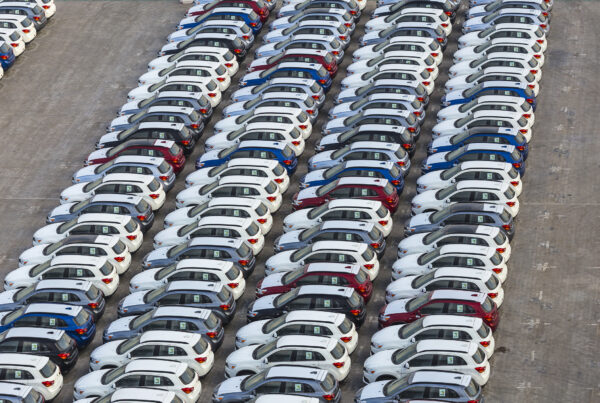Evie Mobility has been operating a high mileage electric fleet in Brisbane since February 2020. The fleet delivers very high daily kilometres without the need to invest in home or workplace charging. We are keen to share our findings with Australian fleet managers because we believe electric vehicles are ready for prime time.
Evie is building charging stations across the nation, working with the biggest names in fuel distribution, fast food, retail and convenience. Not content to wait for the market, we decided to demonstrate a high mileage fleet that would challenge the performance of the vehicles and charging infrastructure.
High mileage fleets have always been first to adopt fuel-efficient technologies like CNG, hybrid and now battery electric vehicles. Ride-share drivers were our initial market as they are economically motivated and typically drive 50,000 to 100,000 kilometres per annum. The insights from this demanding application will surely apply to many fleet scenarios.
The Hyundai Ioniq best met our requirements for passenger comfort, cost, battery performance, and luggage space. The cars are fully instrumented with open-source off-the-shelf telematics. The vehicles are offered as an all-inclusive subscription, which includes the electric “fuel”. Defying the conventional wisdom, we did not install any home or workplace chargers. Drivers keep the vehicles at home. They charge at home using a standard outlet or at any public charger.
So how did the vehicles perform in this demanding fleet application? The vehicles averaged just over 1,000 km per week. The most popular vehicle averages over 2,000 km per week. The record utilisation for a single vehicle was 2,875 km in one week.
The highest odometer reading in the fleet is just over 60,000km, reflecting a ride-share hiatus during the COVID-19 lockdown. However, the median vehicle has done 6 months of full-time work. Therefore, we expect the vehicles to travel over 100,000 km per year.
Drivers see the vehicles as “good value” due to the low total cost over ownership, i.e. a slightly higher weekly subscription, but lower fuel inclusive cost. Bear in mind they are personally paying the bills! They adapted their operations to electric quickly and now prefer electric over petrol.
Drivers use a combination of overnight and opportunity charging to ensure operational readiness. We are able to guide the drivers to maximise their revenue earning kilometres using trip data and battery state-of-charge data. We use similar data to direct our network planning, e.g. a bank of chargers at Brisbane Airport.
Drivers were initially concerned about the cost of home charging. However, the actual costs are quite low. Using telematics, we track home charging and rebate the driver with no need to install smart home chargers. In any case, installing a home charger is not a realistic option as many drivers are tenants, live in apartments or don’t have driveways.
The higher the utilisation of the vehicles, the more the drivers tended to use public fast charging, even if they had access to overnight home charging. The most recent data shows they chose public charging for 68% of their charging needs.
Despite the heavy usage, there have been no battery or electric drivetrain issues with the vehicles. The only problems have been warranty issues such as a wheel bearing and an ECU failure. The maintenance costs for electric are much lower as there are fewer moving parts and requirement for lubrication. We are just starting to replace the tyres.
So what’s next for Evie Mobility? We continue to deploy charging infrastructure across Australia. We can share our electric fleet experience and help you apply for the state and federal grant funding which will be available later this year. We can even supply some subscription vehicles. Give us a shout at fleets@eviemobility.com.au.



















